Marketing Mix : place
Published on 23 October 2021'Marketing mix terminology',The 4th “P” of the Marketing Mix concerns the distribution policy. This is what is known in English as the P for “Place.” This dimension was already part of the 4P model invented by McCarthy (1961).
For a general overview of the history and development of the marketing mix, visit our guide.
Marketing mix: the 8 facets of the P of “Place”
- Distribution strategy
- Franchising
- Market coverage
- Selection and relationship with distribution partners
- Assortment
- Establishment
- Inventory
- Transport, storage and logistics
Distribution strategy
Questions to ask: How are the products sold to the end customer? Does the company own the distribution network, or does it rely on a third-party distribution network?
Examples: The German company Hyla sells very high-end vacuum cleaners through a network of independent resellers who present them in private homes. Tupperware became famous by selling its plastic containers in the same way.
FMCG brands are distributed through retail outlets, but some also try to open their stores to reach the consumer directly (M&M, Lindt, Danone, …).
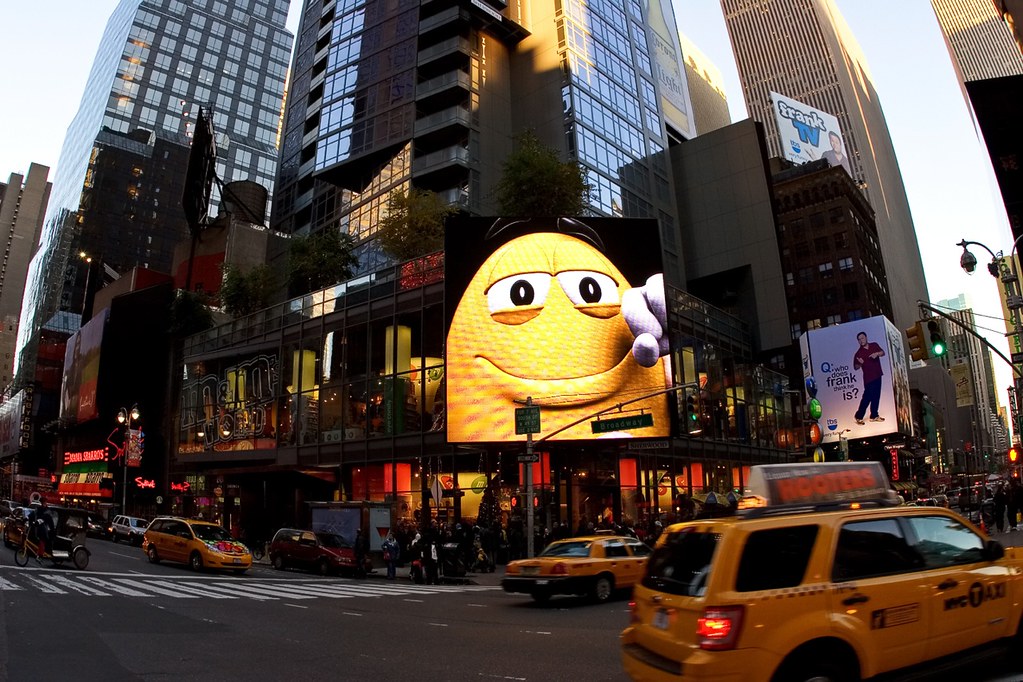
Credits: Sriram bala via Flickr
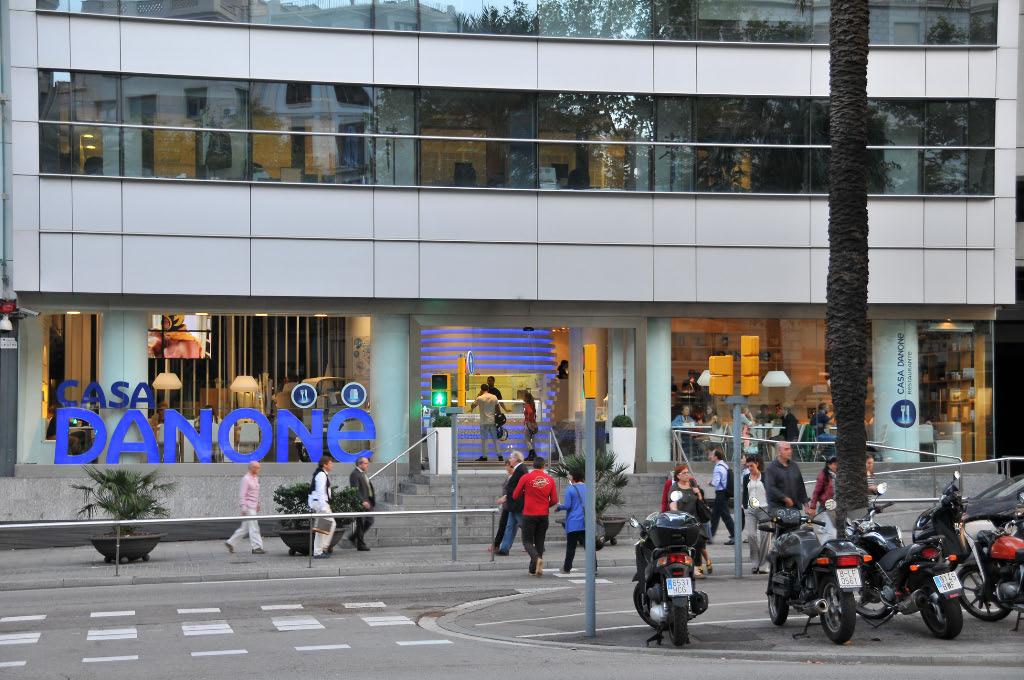
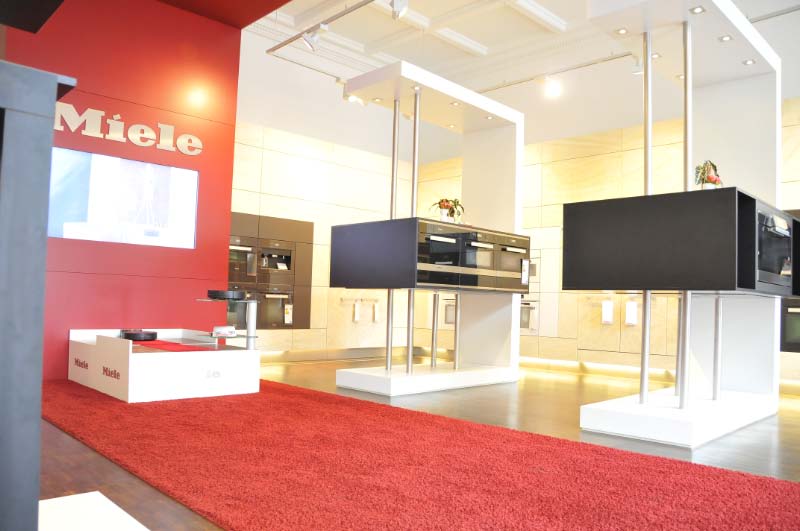
Franchising
Questions to ask: Does the company own any franchises? What is the company’s policy on franchising? What is the relationship with its franchisees? Does the company sell licenses for its products?
Examples: As of 2021, LVMH no longer extends licenses to manufacture eyewear for its brands. It is recovering the contracts and has built two factories in northern Italy to produce eyewear for Gucci, Berluti, etc… It is therefore increasingly vertically integrating all its activities.
Franchising is a market in its own right and requires a specific marketing mix, particularly pricing.
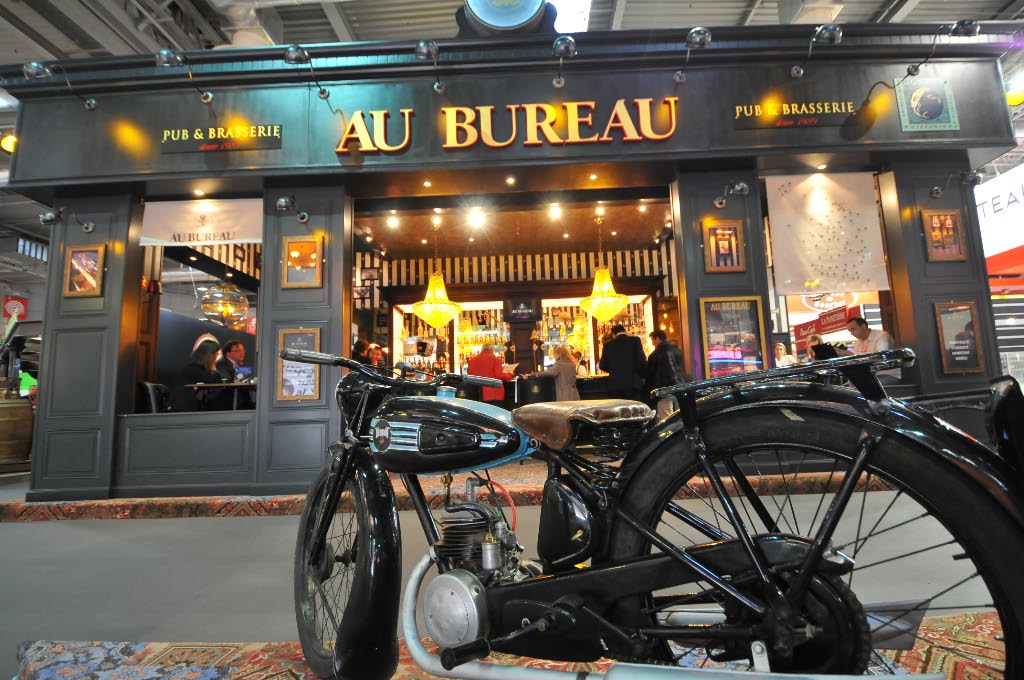
Market coverage
Questions to ask: What are the geographical territories covered by the company? What is the catchment area covered? Which market segments does the company address? Does the company propose an offer for all segments, or does it focus on a specific feature?
Examples: Starbucks, for example, was known for “crisscrossing” the major American cities with a coffee shop every 500 meters.
In the spirit of the marketing mix, market coverage is not only a matter of geographical territories. It can also be expressed through the consumer segments likely to find their happiness among the assortment. Even luxury brands try to have products that are accessible to different customer segments. Without denying their values of quality and exclusivity, luxury brands are incorporating smaller, more accessible products into their ranges. This allows less affluent segments of customers also to access their dream.
Apple is also implementing this strategy by proposing “light” versions of its iPhone to satisfy different market segments. So, this is also a “coverage” issue, even if it is not geographical.
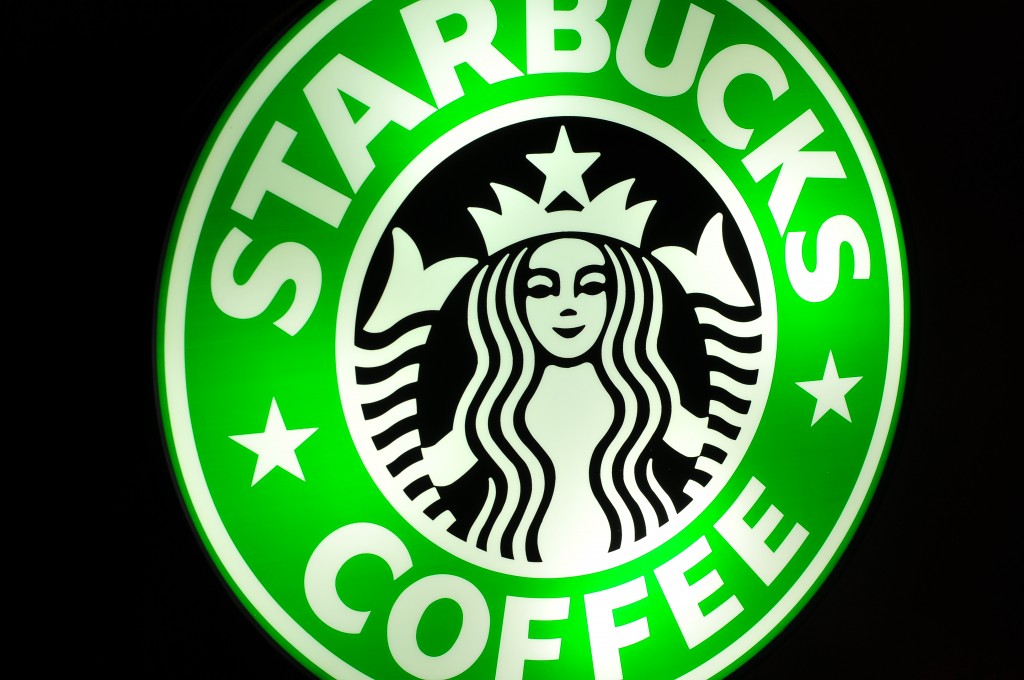
Selection and relationship with distribution partners
Questions to ask: How are distribution partners selected? What relationships are maintained with them, and what support is provided to simplify sales?
Examples: The brands distributed in supermarkets provide support of animation to help discover their product. The company entirely covers the costs of these animations, and the supermarket pays nothing.
Companies that have adopted the door-to-door sales model (e.g., Hyla) generally provide extensive support to their independent resellers.
Assortment
Questions to ask: Are the products in the assortment complementary or competitive? In other words, do they meet the needs of different customer segments, or do they allow the same customer to satisfy different needs? Does the assortment promote cross-selling or up-selling?
Examples: Concept stores are temples of cross-selling. By juxtaposing different product categories, they create new mental associations and new purchasing desires in the consumer’s mind.
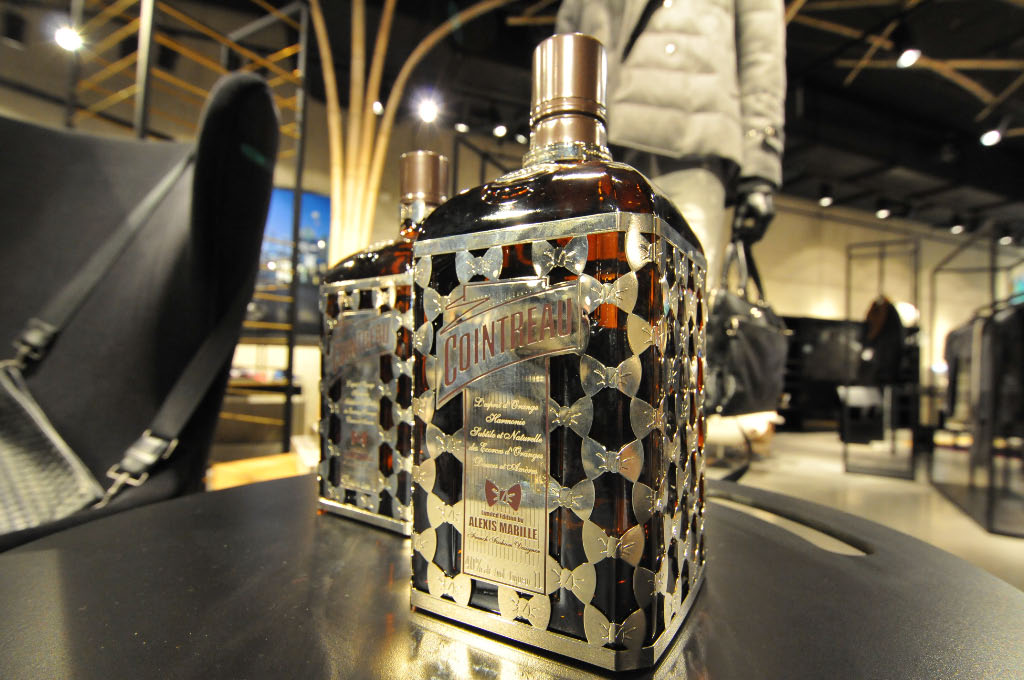
Establishment
Questions to ask: How do you describe the locations where the products are distributed? How were the sites chosen? What is the traffic and the type of customers in the places where the brand is present?
Examples: The location of physical sales outlets is a crucial factor of success in retail.
The positioning of certain brands (high-end, luxury) requires selecting only “AAA” locations. Only the most reputable streets, attracting the most expensive tourists, will be chosen. The same applies to third-party distributors, who will be selected according to their positioning, their location, and the type of clientele they attract (corners in Parisian department stores, for example).
Some brands have chosen to establish themselves only in commercial areas and take advantage of the traffic generated by other sales outlets. Fast-food chains and brewery franchises are very much linked to this type of location. The rules of the franchise sometimes impose strict conditions for the establishment.

Inventory
Questions to ask: What is the availability of products? Is there voluntary tension to limit supply and lengthen delivery times? On the contrary, is a large inventory maintained to meet the request as quickly as possible?
Examples: Patek Philippe maintains a meager inventory and sometimes makes customers wait several years before their luxury watch is delivered. This expectation creates a desirability effect that is central to the brand’s marketing mix.
On the other hand, food and non-food retailers need to have extensive inventories to respond immediately to customers’ needs and avoid losing sales.
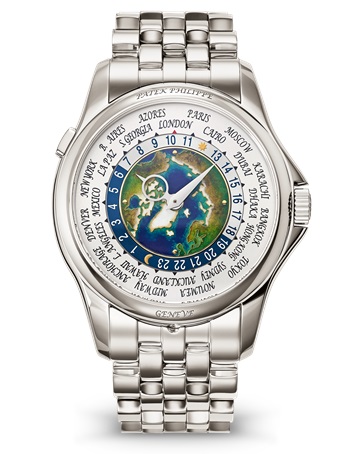
Transport, storage and logistics
Questions to ask: How does the company manage deliveries? Are they realized using in-house or outsourced? What are the timeframes, and how are the logistics organized? Have intermediate storage points been set up to reduce delivery times?
Examples: Short delivery times are regularly cited as an essential decision criterion for purchasing physical products. On-time delivery is a criterion for customer satisfaction.
Delivery times tend to become shorter and shorter. Satisfying customers, therefore, requires that ad hoc logistics be put in place.
Amazon, which may represent the best in logistics today, relies on a series of intermediate warehouses to deliver quickly thanks to a network of subcontractors bound by strict contractual clauses. In some countries, Amazon may depend on its delivery services to retain maximum value within the company.

